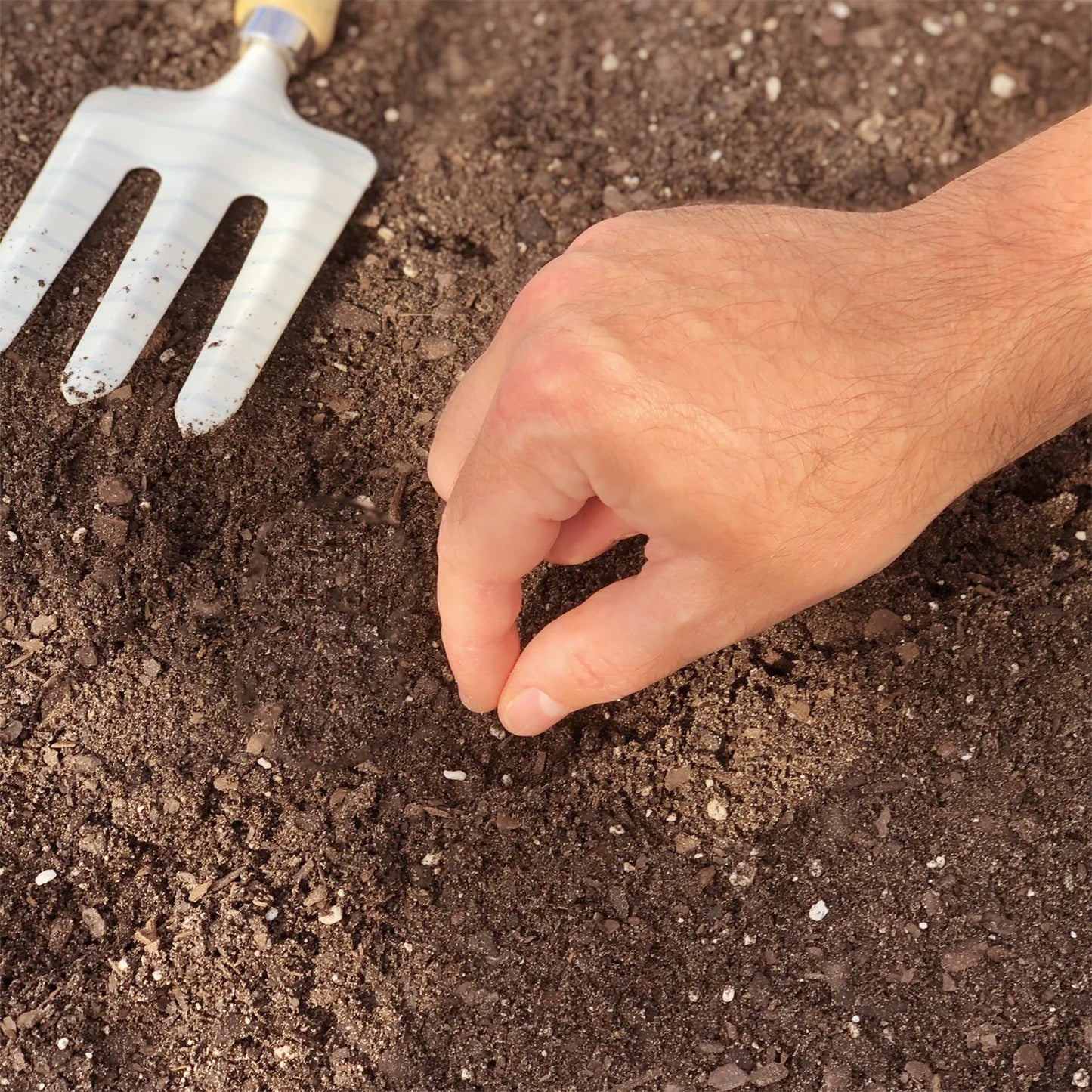Spinach does not transplant well and seeds can be sown directly in the garden in early Spring as soon as the soil can be worked. Soil temperature (not air temperature) should be between 4-20° C (40-68°F) . Space seeds and plant to the depth indicated below. Press seeds into the soil to ensure good contact and cover with 1.3 cm (1/2 in.) of soil. After planting, water seeds with a gentle mist or shower. It is critical to keep the soil consistently moist, but not soggy during germination. When your seedlings reach a height of a few centimetres (inches) and have developed 2 or 3 pairs of leaves, it is important to thin them out, according to the plant spacing indicated below. Do not allow the soil to become dry, as young plants have underdeveloped roots and can quickly dehydrate, particularly in windy conditions. Spinach grows quickly and more seeds can be succession planted every 2 weeks days until the temperature exceeds 23°C (75°F). Once the temperature rises, spinach tends to bolt. Planting can resume when the temperature turns cooler at the end of Summer and early Fall.















